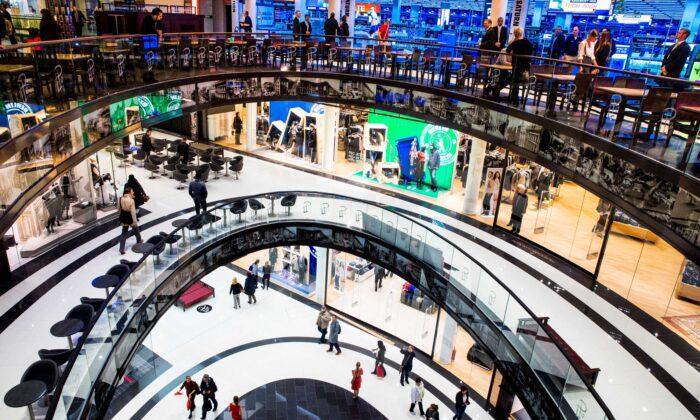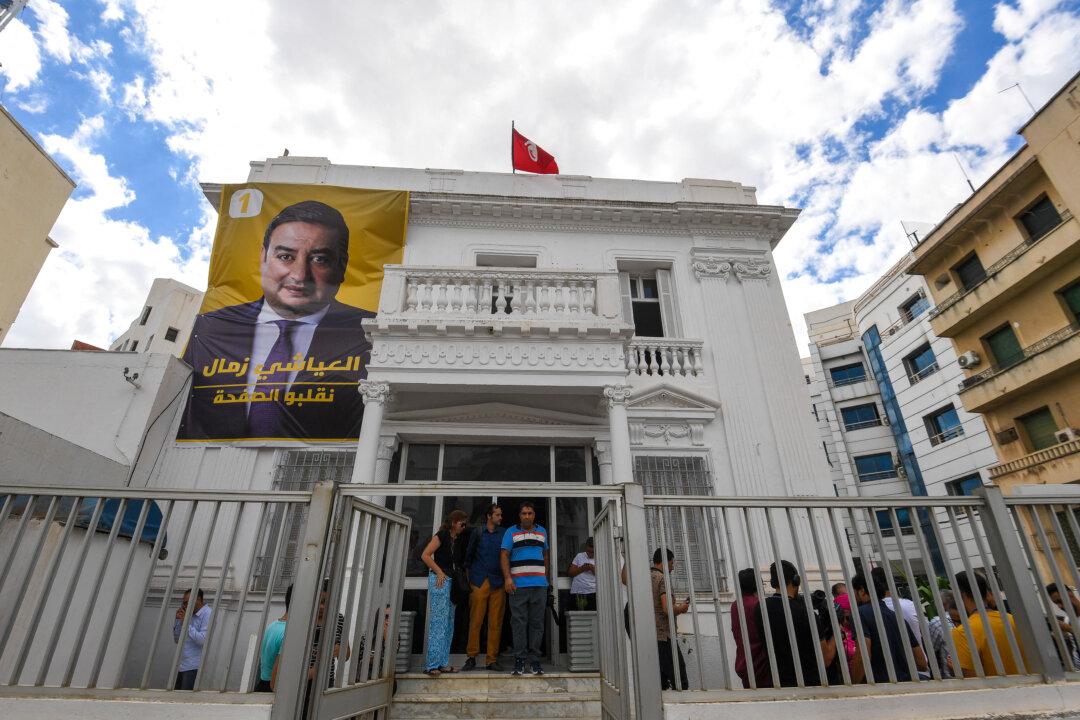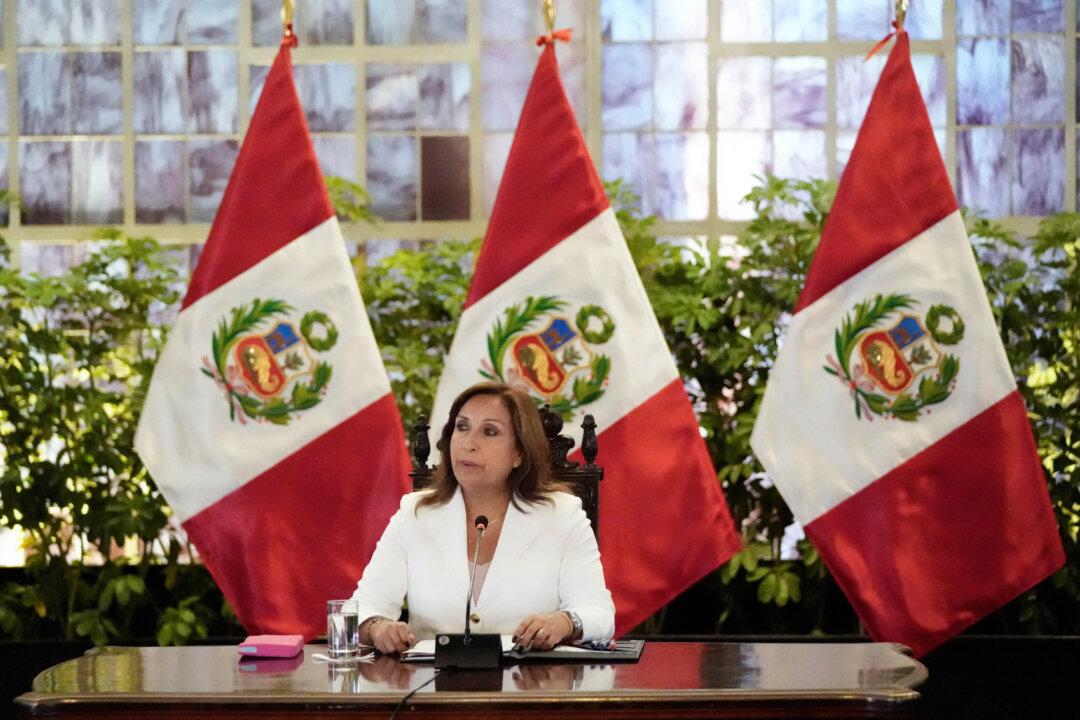BRUSSELS—Eurozone consumer inflation rebounded by much more than expected in January, a flash estimate showed on Feb. 3, pushed up by a jump in prices in Germany and the Netherlands, and despite the continued downward pull from cheaper energy.
The European Union’s statistics office Eurostat estimated that consumer prices in the 19 countries sharing the euro rose 0.2 percent month-on-month in January for a 0.9 percent year-on-year jump, rebounding from a 0.3 percent year-on-year fall in December.
Economists polled by Reuters had expected a 0.5 percent year-on-year rise in January.
Volatile energy prices rose 3.8 percent month-on-month in January, Eurostat estimated, but were still 4.1 percent lower than a year earlier, while also volatile unprocessed food prices went up 1.1 percent on the month and 1.9 percent year-on-year.
The measure excluding these two volatile components, which the European Central Bank calls core inflation and follows closely in policy decisions, still eased 0.3 percent on the month, but rose 1.4 percent on the year.
An even narrower measure excluding also alcohol and tobacco prices that are often subject to changes because governments raise excise tax on them, fell 0.5 percent on the month but was also 1.4 percent higher than in the same period of 2020, far higher than expected.
This is likely to be welcome news for the European Central Bank, which wants to keep inflation below, but close to 2 percent but has been missing that target for years despite ultra-low interest rates and buying hundreds of billions of euros in government bonds to inject liquidity into the banking system.
The faster consumer price growth in January was mainly visible in the biggest economy Germany, where prices went up 1.6 percent on the year, and in the Netherlands, where they rose 1.7 percent year-on-year.
Separately, Eurostat said prices at factory gates rose more than expected, at 0.8 percent in December against November for a -1.1 percent year-on-year fall. Economists polled by Reuters had expected a 0.7 percent monthly increase and a -1.2 percent annual decline.
Producer prices give an early indication of consumer inflation trends because changes to prices at factory gates are most often passed on to the final consumer.





